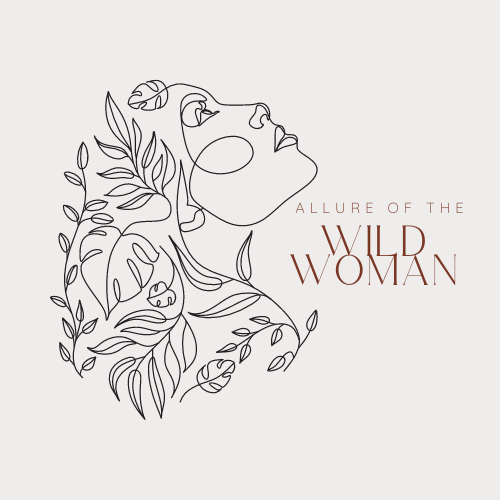Hand Me My Fur & My Silks
How nice does your favorite pair of fuzzy socks feel? Or that silky robe you splurged on? Just like our skin loves the feeling of some fabrics over others, our hair can thrive by using different fabrics to take care of it! Sleeping on a silk pillowcase or wrapping your hair with an old t-shirt can have many benefits and be a cheap, easy way to help you on your journey to healthy hair. While this may be a new idea to some (although I’m sure anyone on Hairtok has seen this on their feed), the practice of using headwraps dates all the way back to the 1700s.
Hair wraps originated in the early 1700s of Sub-Saharan Africa, and were popularized by Nubian Queens. They could communicate culture and family practice, as well as be a symbol of high status. This trend eventually made its way over to the U.S., where it was twisted into a symbol of subservience, with colorful and festive headwraps outlawed during slavery. With the negative history and stereotypes that came with the headwraps in America, they eventually lost popularity. They rose to popularity again in the 20th century with the popularity of hair extensions, and were used to protect the extensions from heat and humidity in order for the extensions to last longer. They eventually found their way into the natural hair movement, and were used to keep in moisture for braided, protective hairstyles. To come full circle, hair wraps now also pay homage to their African roots and rich culture.
It’s important to recognize the history that comes with these modern practices because it shows us how this has been working for women for hundreds of years. Wrapping your hair with silk, or sleeping on a silk pillowcase have similar benefits that have been appreciated for centuries. Silk does not absorb as much moisture as cotton or linen do, which is why it was used to protect against heat and humidity. It also has a lower coefficient of friction than other pillowcase materials, meaning that it isn’t going to allow your hairs to slide together as much, which can cause breakage. If you can’t stop tossing and turning in your sleep and wake up with your hair going every which way, buying a silk pillowcase might be a good idea.
Another technique similar to hair wrapping is plopping. This is a hair drying technique adopted to preserve wet curls and prevent frizz by keeping the curls on the top of your head using a silk cloth or an old t-shirt. The friction caused by wrapping your hair in a regular towel can cause frizz or break the curls apart during the drying process, so this technique is a better alternative for air drying curls. This isn’t reserved for curly hair only, however, and can be used for other hair types that are prone to frizz or breakage.
The final silk technique that can promote healthy hair is the silk curling headband. This is a great alternative to using heat to achieve a blowout. The idea is you wrap your almost-dry hair in a silk rod to sleep in and when you wake up, you pull the rod out and should have these big, smooth curls. The silk once again prevents frizz and the rod helps to dry your hair into uniformed curls. The only drawbacks of this one can be user error, as it can take people a couple of times to find a technique that works for them, and it works differently for people based on their hair textures.
If you’re looking for a way to pamper your hair, look no further. Any of these techniques will help keep your hair healthy while still helping you achieve the hair of your dreams. Start treating your hair to the same fabrics you do for your skin!



